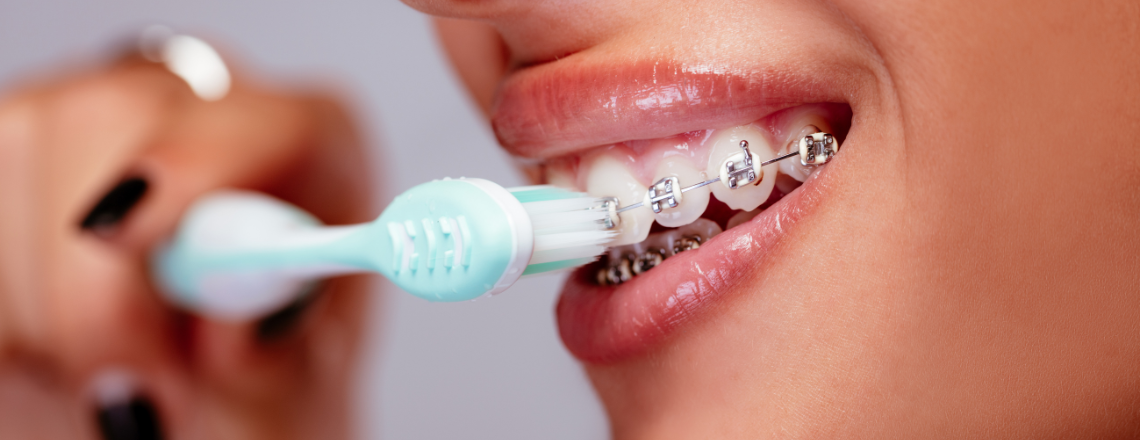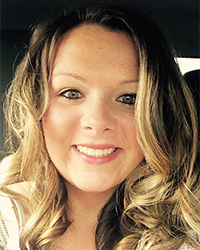By: Brittany Hintz, RDH – orthodontic hygienist
When you have braces, oral hygiene is more important than ever. Brackets and rubber bands make perfect hiding spaces for food debris and plaque, which can lead to cavities and teeth staining if not removed properly.
As an orthodontic dental hygienist, I see exclusively orthodontic patients. When my patients come in for a hygiene appointment, I remove their rubber bands and wires then clean their teeth to remove any plaque buildup, concentrating on areas around the brackets where buildup is often more prevalent. I also provide braces care tips and educate my patients on the best ways to keep their teeth clean and lessen the risk of cavities and staining during treatment. If you have braces, read on to learn proper braces aftercare and how to keep your teeth clean too!
How Often Should You Brush with Braces?
How often you should brush when you have braces depends on how often you eat during the day. I recommend brushing after every time you eat, but at least three times a day. If you can’t brush after a meal, then rinse your mouth with water to wash away larger food particles until you’re able to brush.
Having brackets and wires on your teeth makes it a little more difficult to brush and it also takes longer. I typically tell my patients to bump up their brushing to three minutes instead of the usual two since it takes more time and effort to get around all the brackets. It’s important not to press too hard when you brush to protect the braces but also avoid damaging your gums.
What Should You Use to Brush and Floss with Braces?
Here are a few recommendations for tools to use to brush and floss braces. Just remember to find a toothbrush and floss that works best for you and that you’ll be able to use every day.
Brushing
- An extra soft toothbrush will make it easier to brush. Turn it on an angle and go straight down and then also angle up from the bottom. Try making circles around the brackets to remove food and plaque that hides underneath them.
- If you’re having trouble getting all the debris out from around your braces, try a water flosser like Waterpik. This can help rinse the hard-to-reach spaces.
- An interproximal brush (or proxy brush) is a great tool for a quick clean if you don’t have time to brush and floss after a meal. It has a tapered brush on one end to slide underneath your wires and remove plaque so it doesn’t embed itself on your teeth and around the brackets. Just be careful while using it so you don’t loosen brackets.
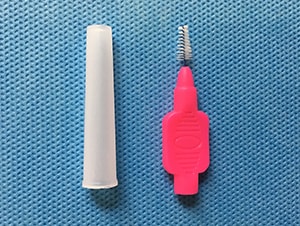
- As for the type of toothpaste to use, always choose one that has fluoride in it to help strengthen enamel and protect your teeth. Also, it’s best to stay away from whitening toothpaste to avoid creating different shades on your teeth that become visible when your braces are removed.
Flossing
- My favorite floss for braces patients is called a Platypus Ortho Flosser. It’s flat on one side so you don’t have to thread it in and out yourself. You can just push it under the brackets and wires for a quick and easy clean. Plackers Dental Flossers are also a great tool and they provide the same function.
- Superfloss is floss with a stiff end that’s easy to slide under braces wires. Once it’s under your wire, use the spongy part in the middle to help clean around brackets. It also has regular floss on the end to remove plaque from under the gumline (like regular floss).
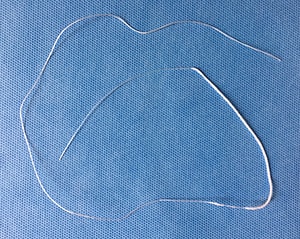
- A floss threader makes flossing with braces easier as well. You insert regular dental floss in the oval end of the floss threader, then use the pointed end to gently slide the threader under your wire. Once it’s threaded under your wire, you can remove the threader and use the floss as normal (repeat these steps between all teeth).
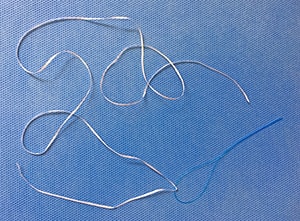
Don’t Forget about the Mouthwash!
Once a day, be sure to use a mouthwash to strengthen teeth and protect enamel. Read the active ingredients to choose a mouthwash with fluoride but without alcohol. Alcohol can dry out your mouth, decrease saliva flow, and cause bad breath and even cavities.
How to Care for Braces
To keep your braces in tip-top shape, follow the rules for foods to avoid with braces. The more your brackets break, the longer your treatment will take. If you do break a bracket, call your orthodontist right away to get it fixed so teeth don’t start moving and negate the progress you’ve already made.
Altogether, a good oral hygiene routine with proper tools and care will help your braces treatment to go more smoothly. Ask your orthodontist or hygienist for oral hygiene tips at your next appointment—we’d be happy to help!
Meet Brittany Hintz
Brittany is an orthodontic dental hygienist at Dental Associates Green Bay. She sees orthodontic patients exclusively and enjoys helping keep their teeth healthy for the duration of treatment.
